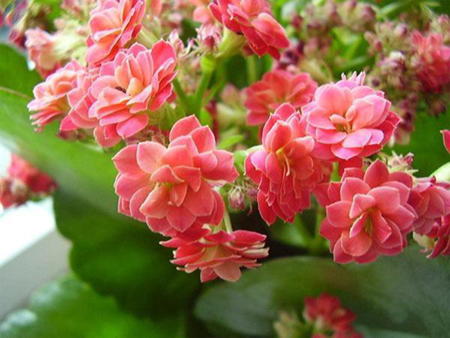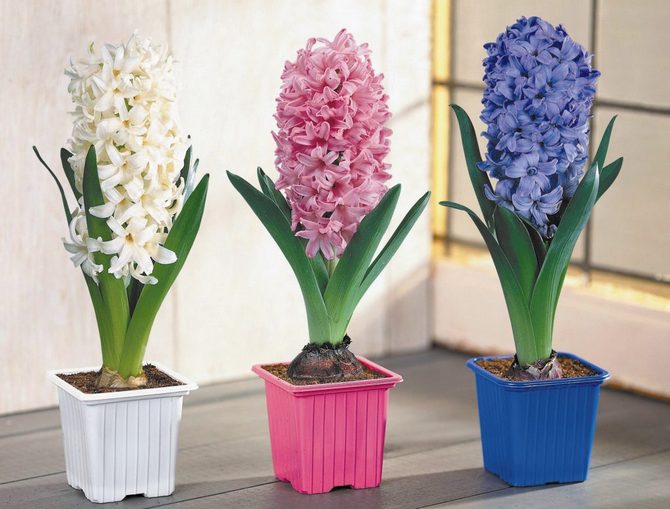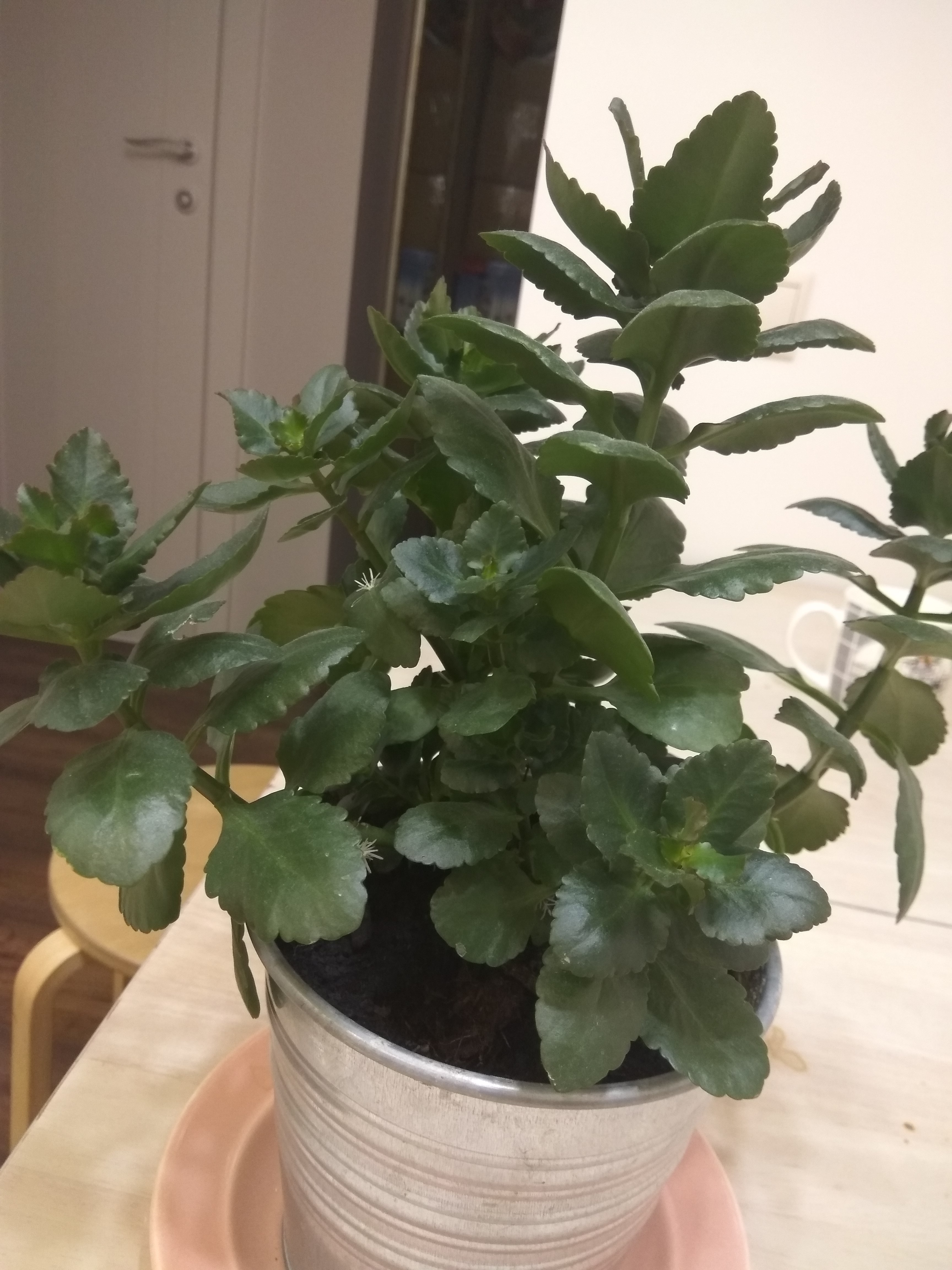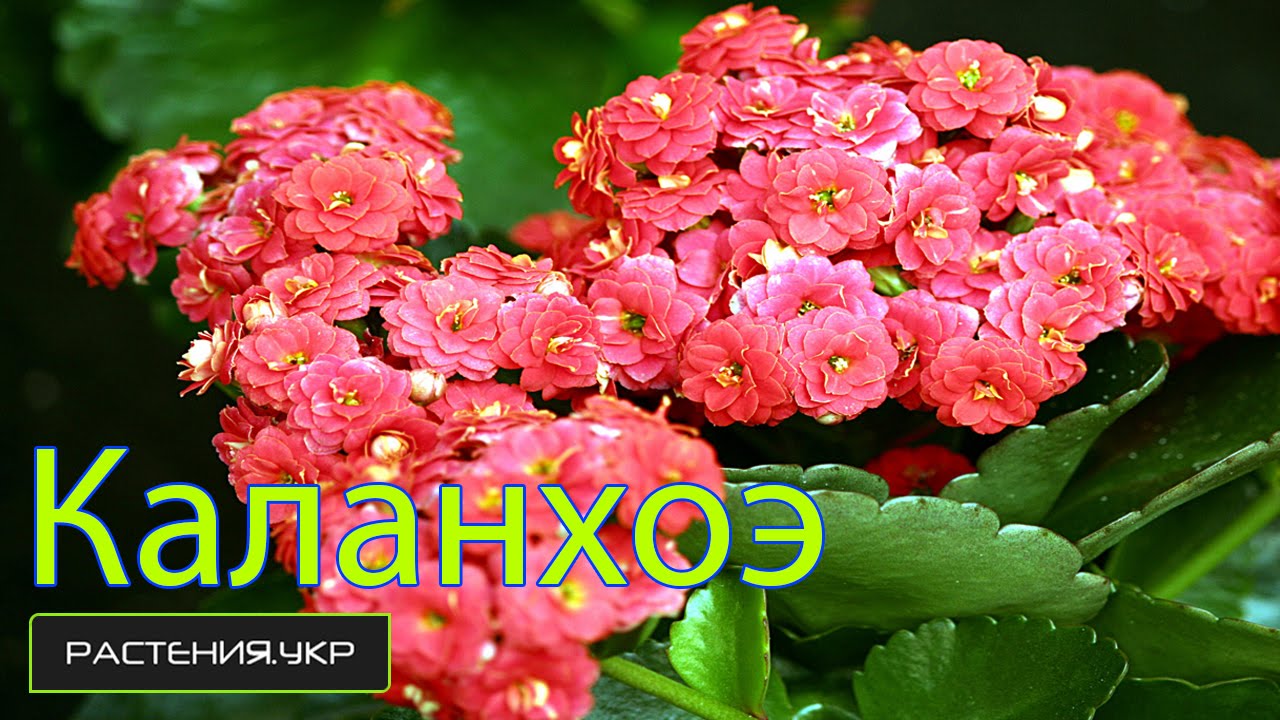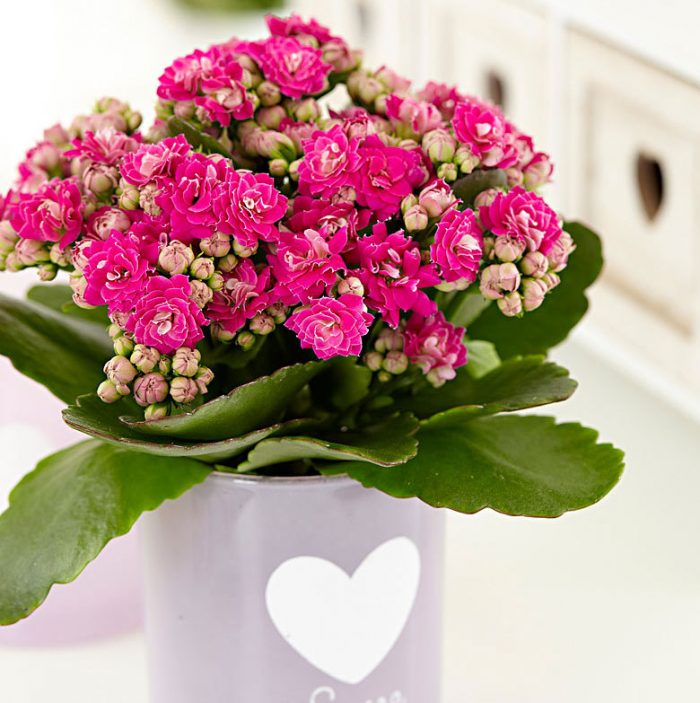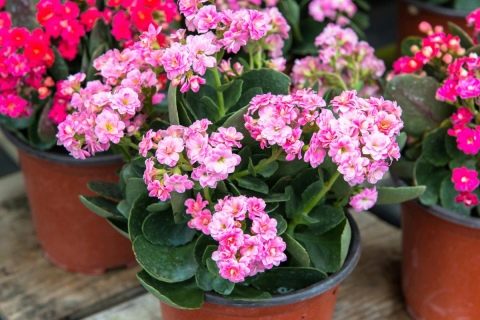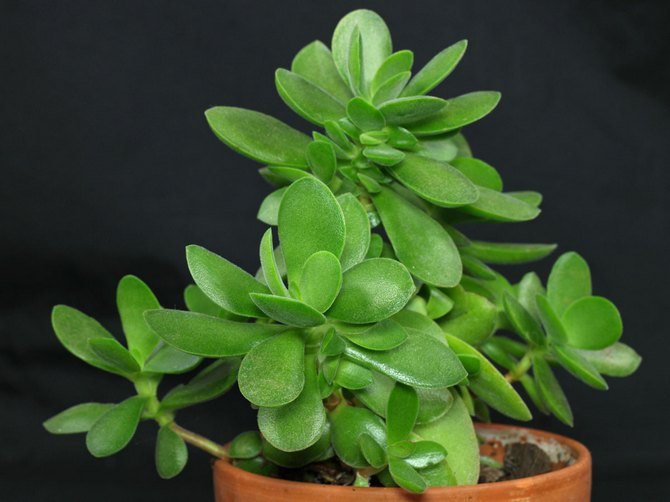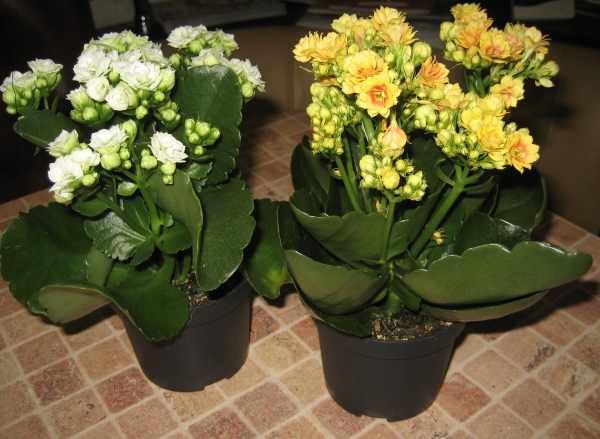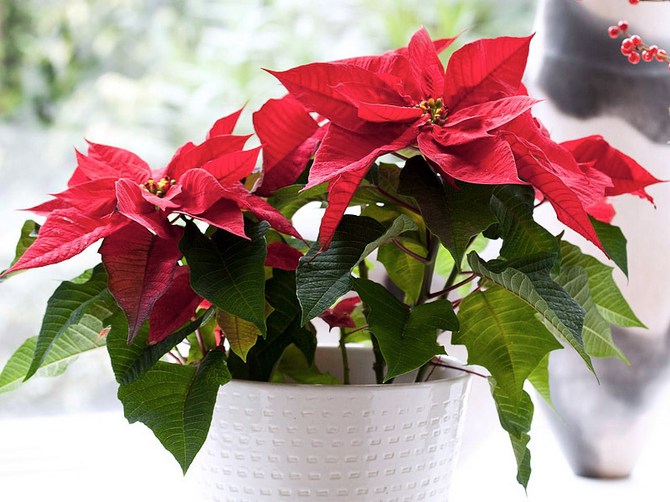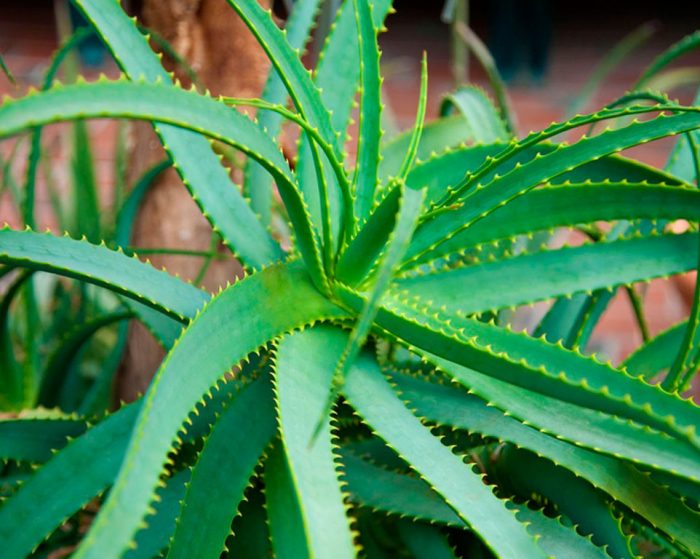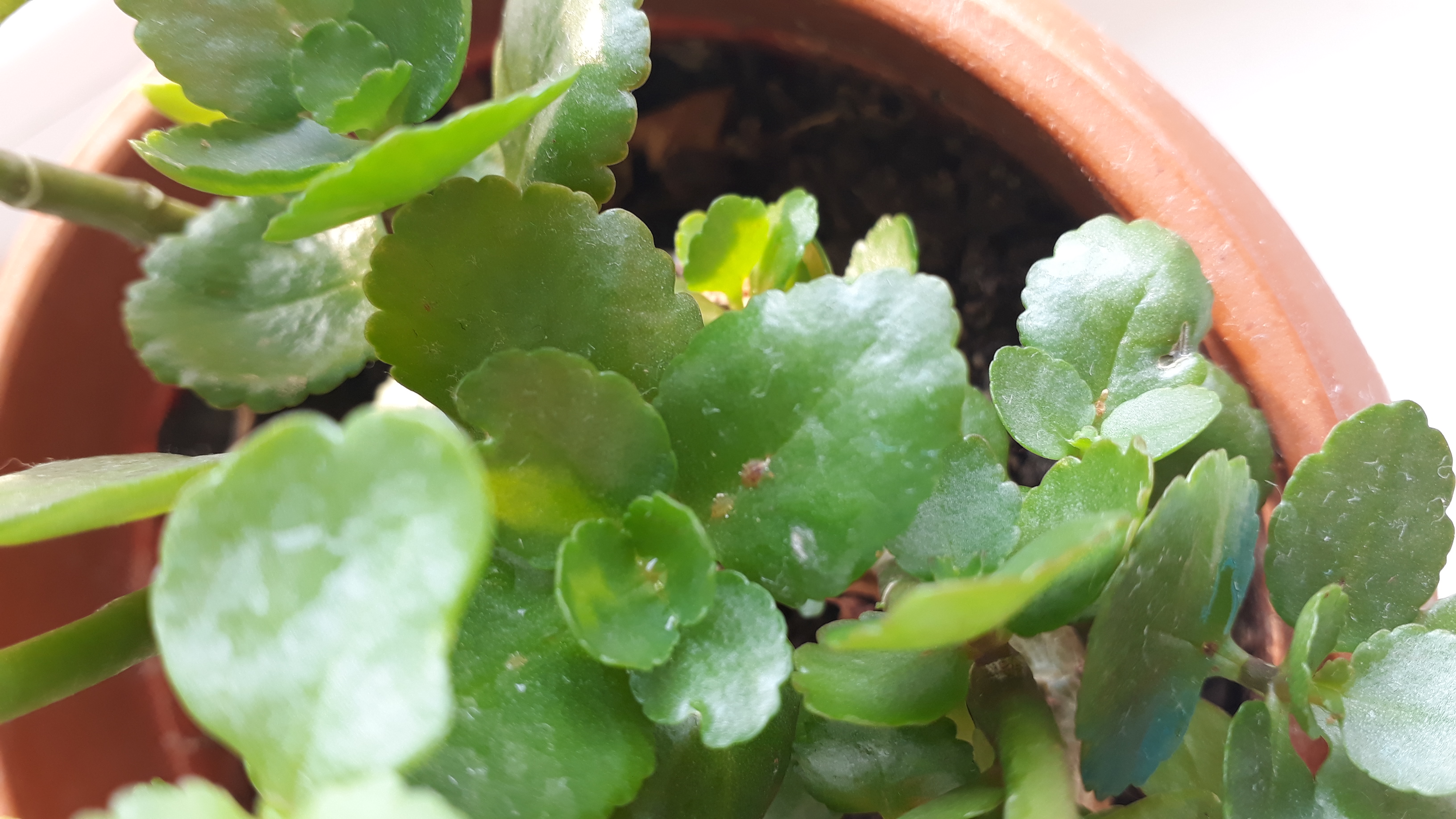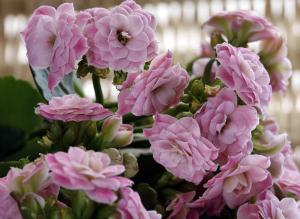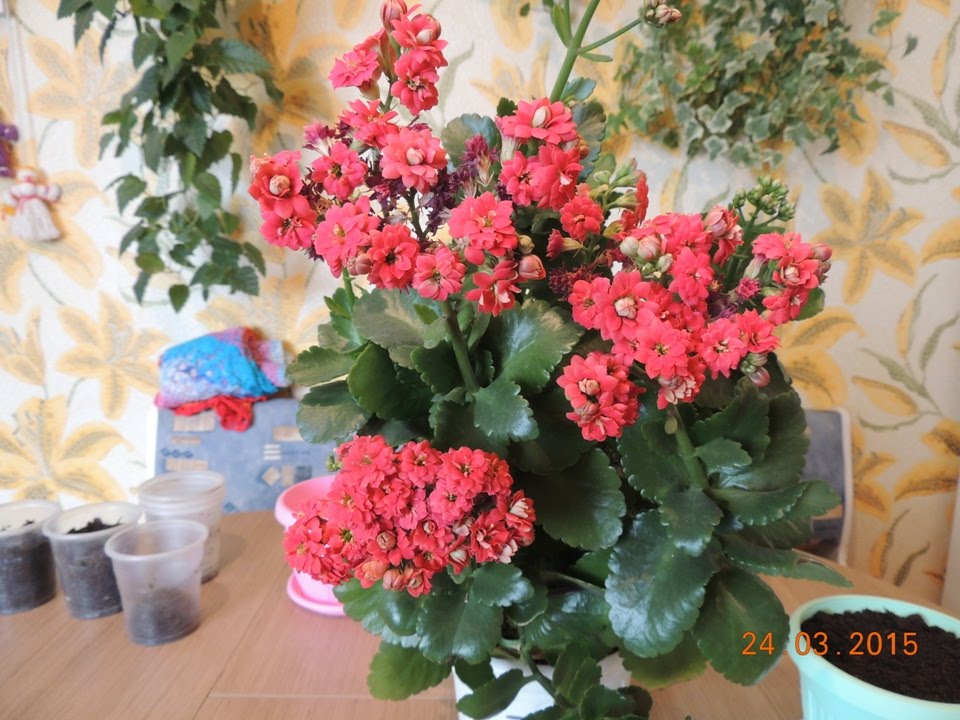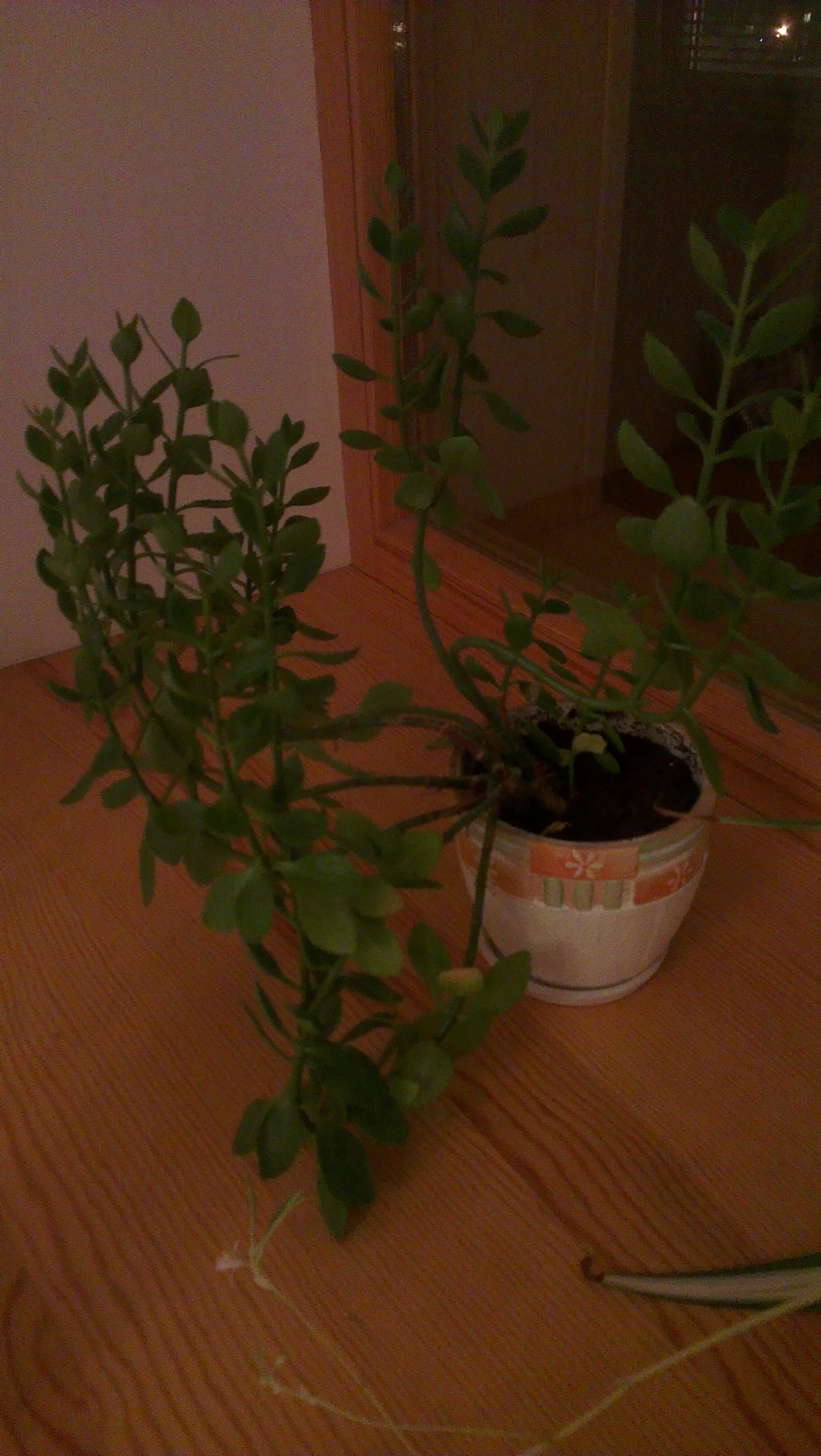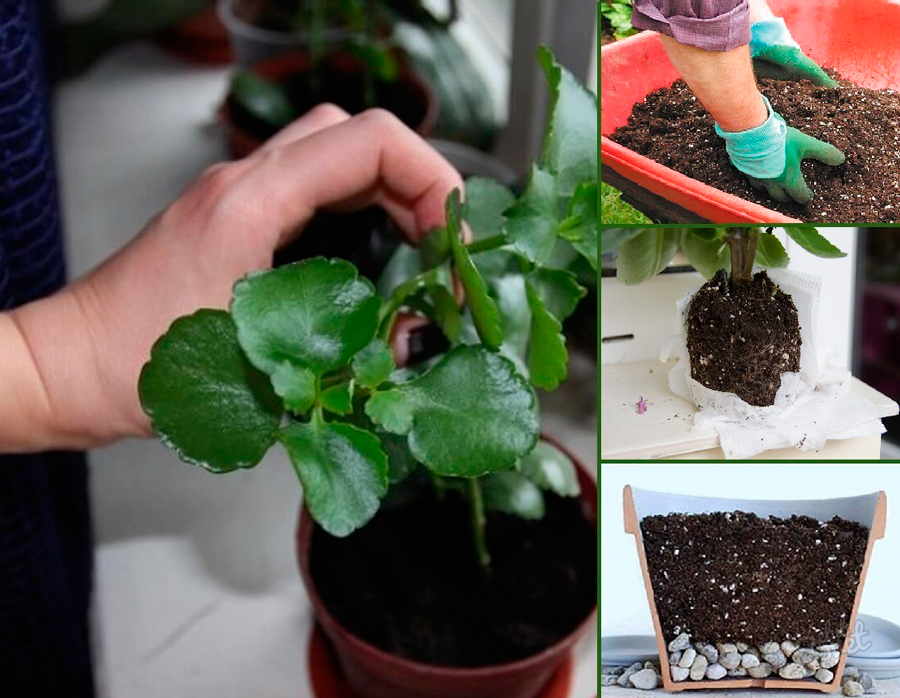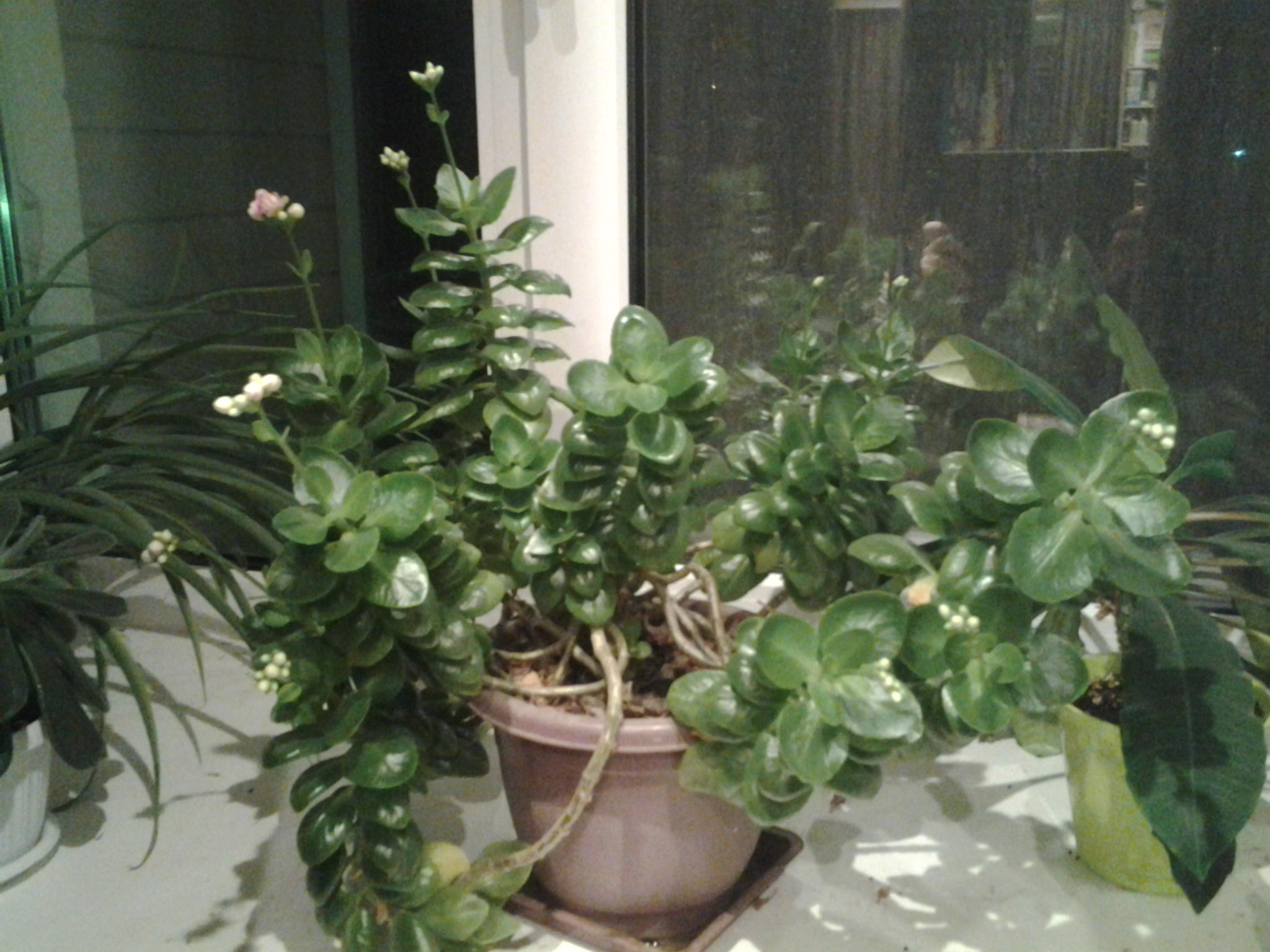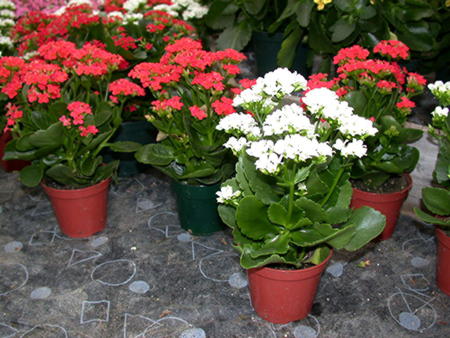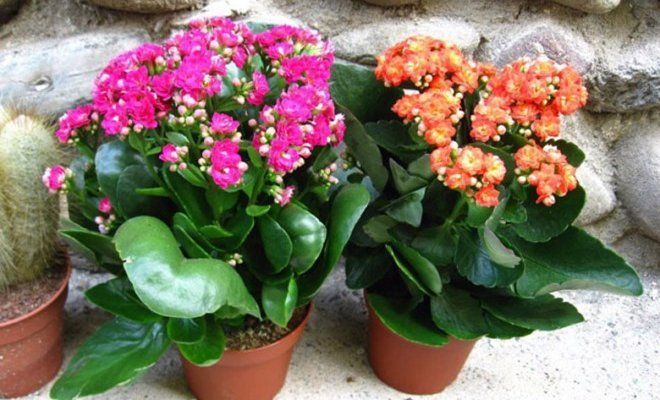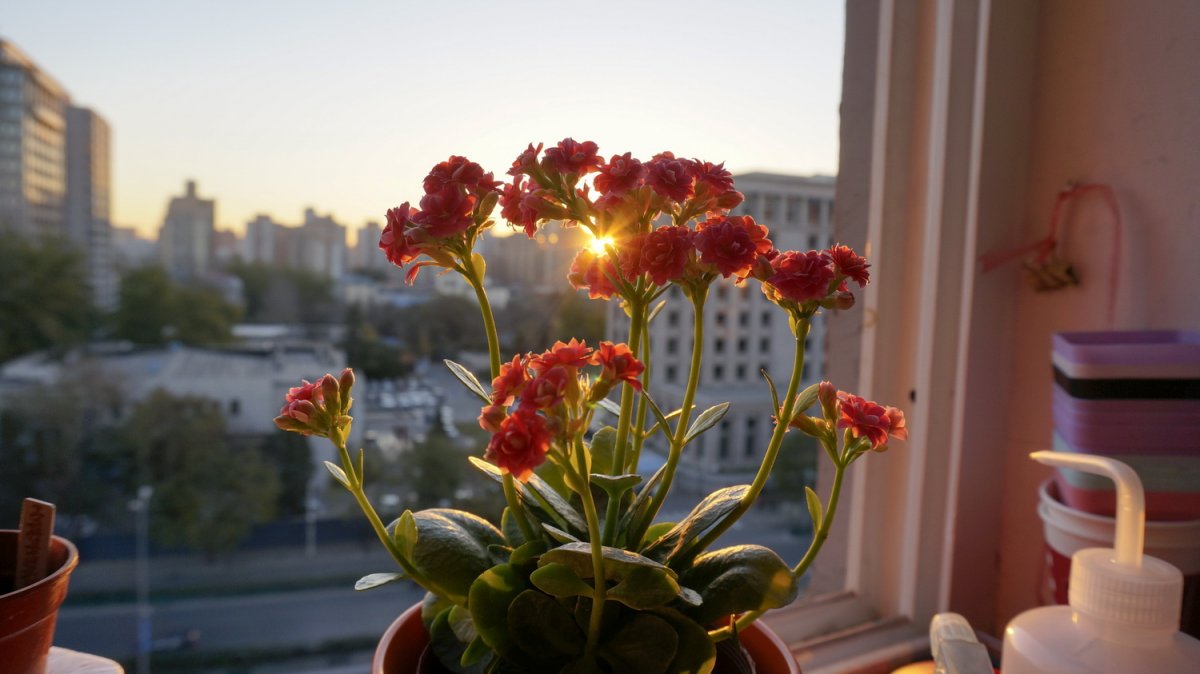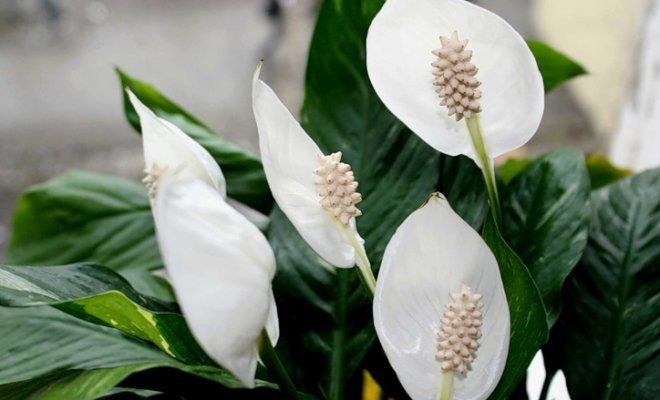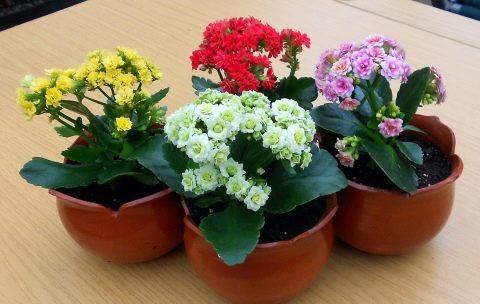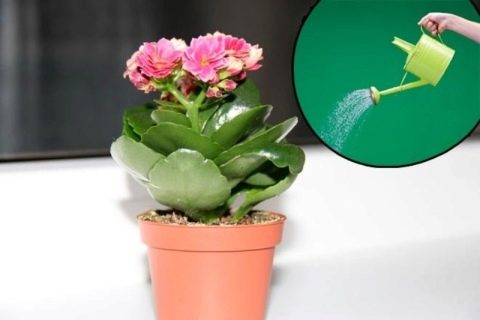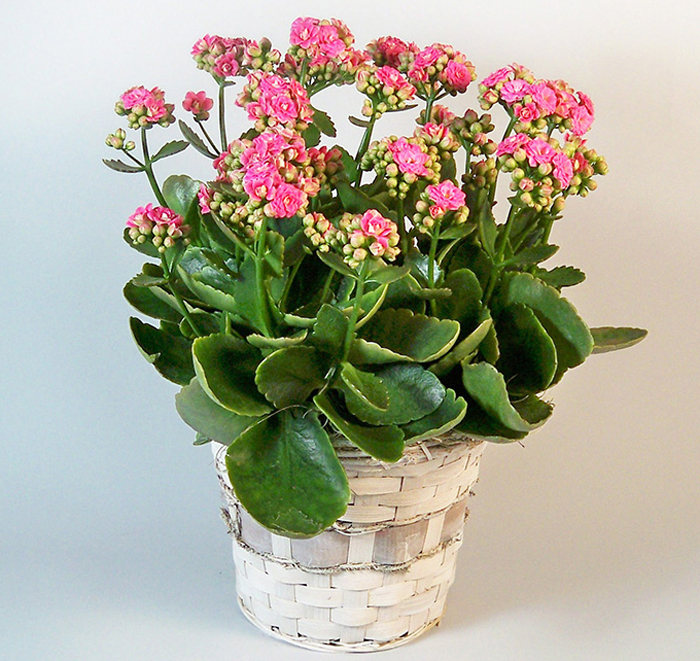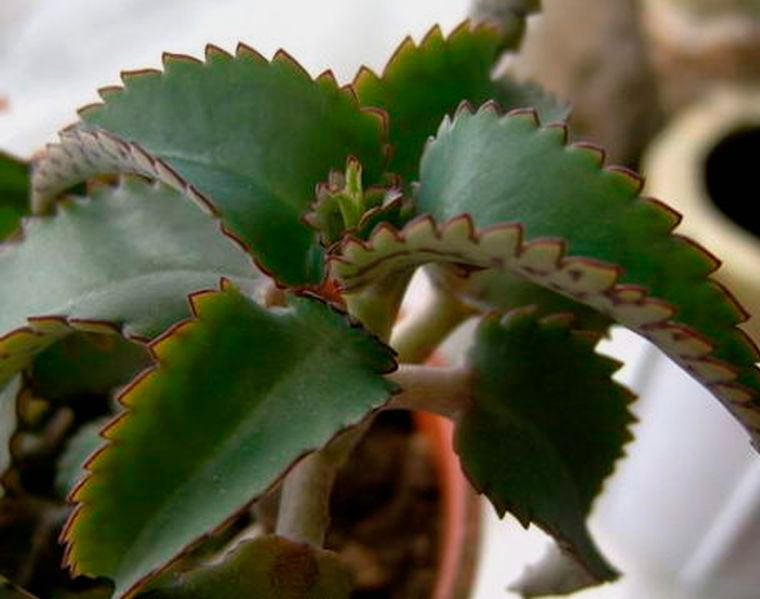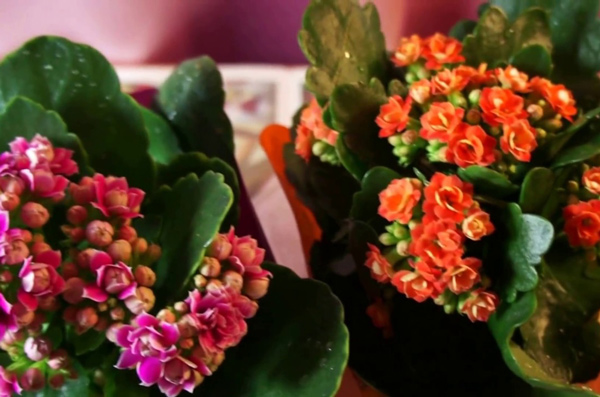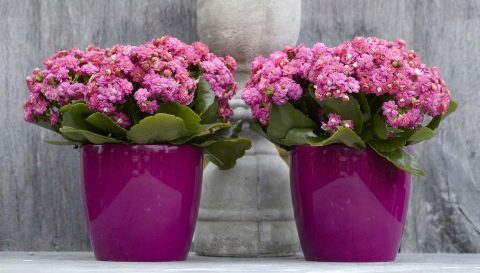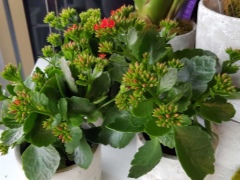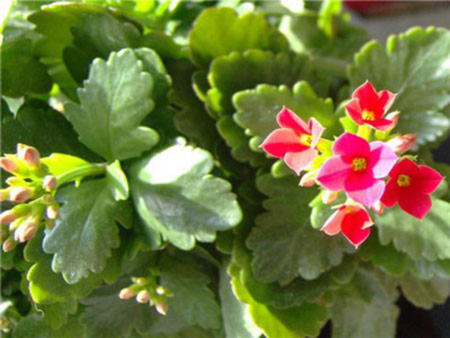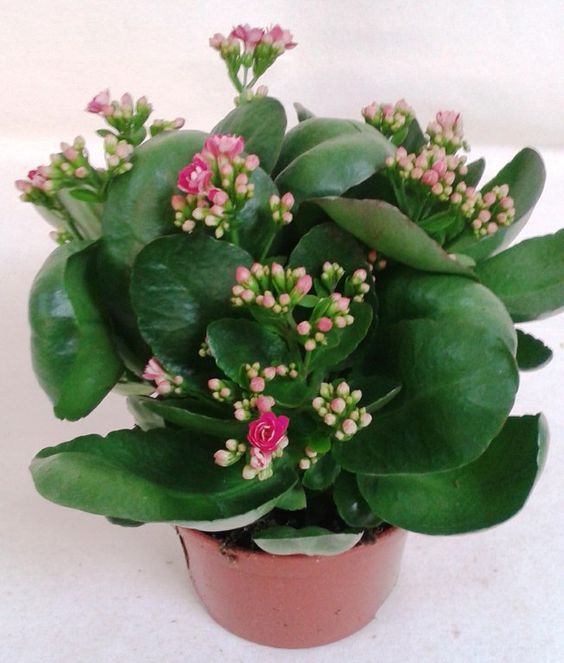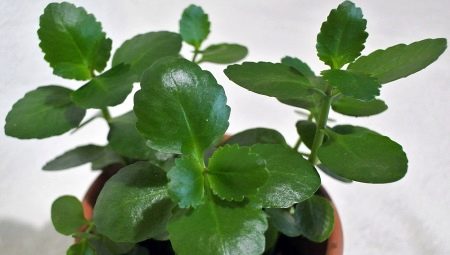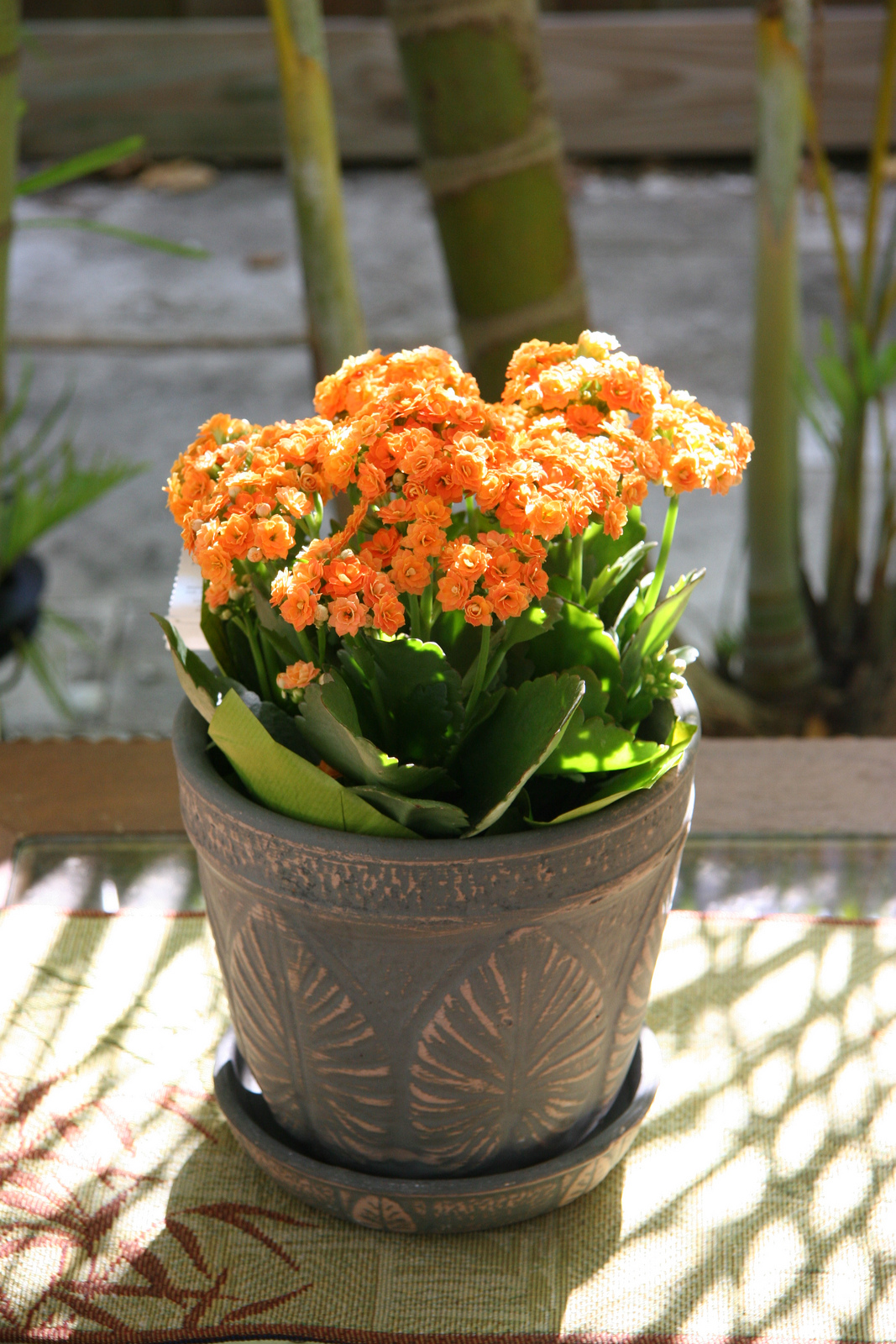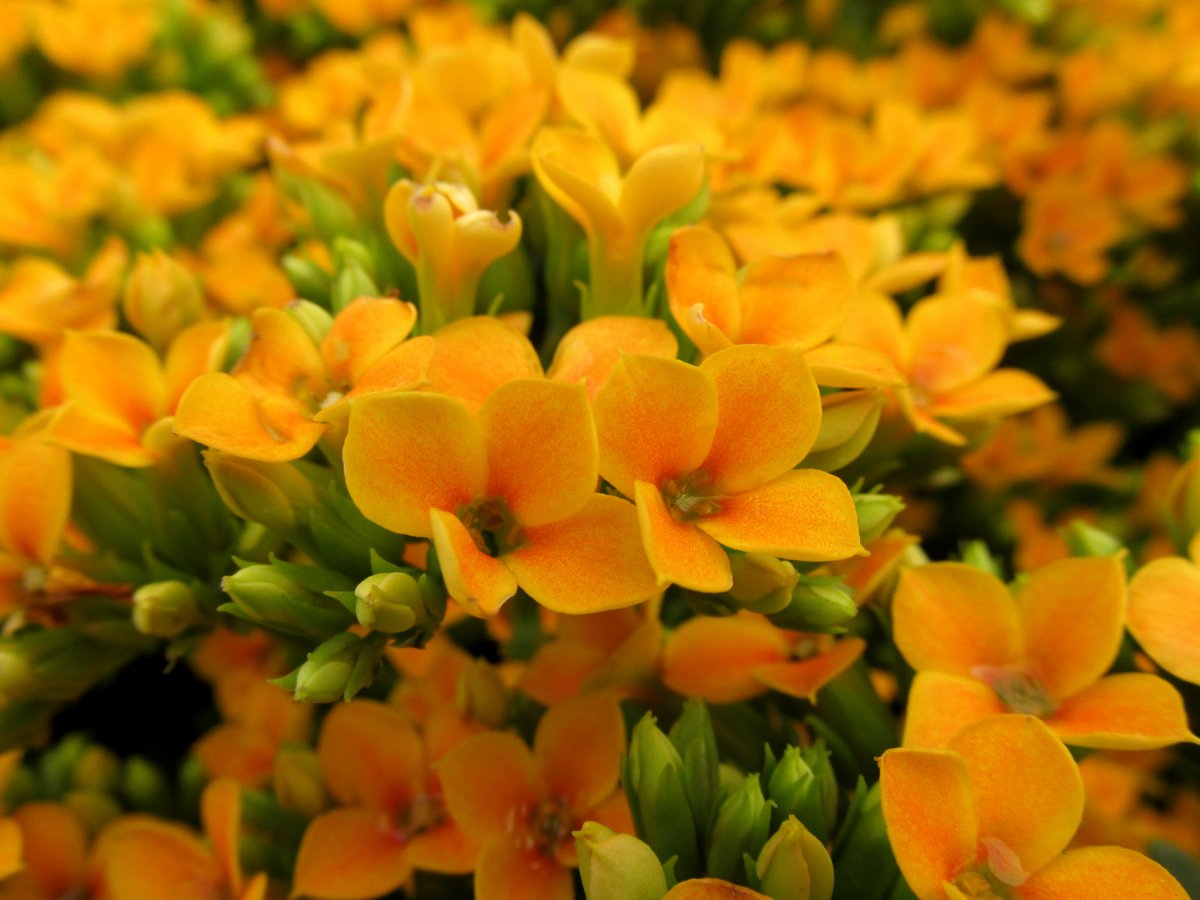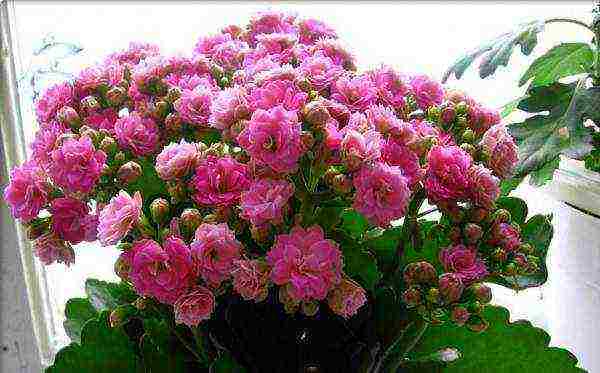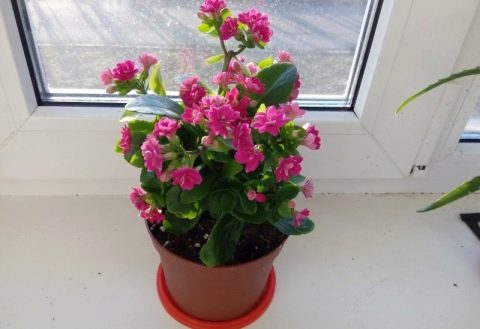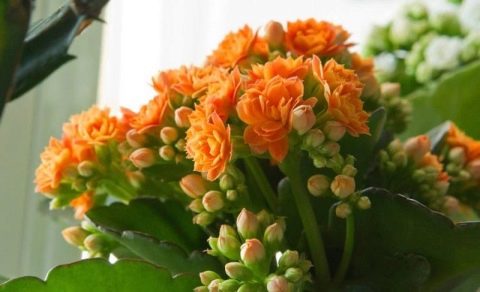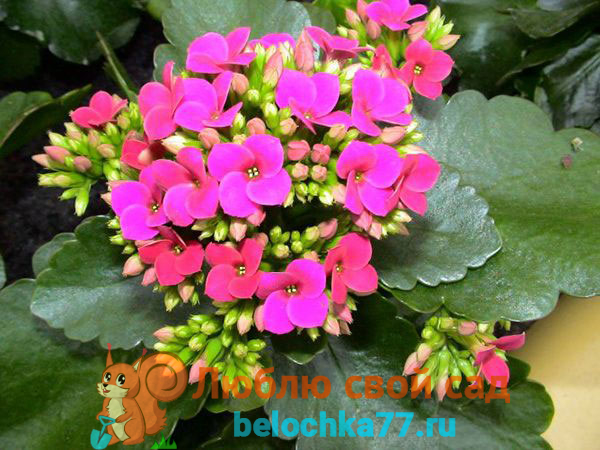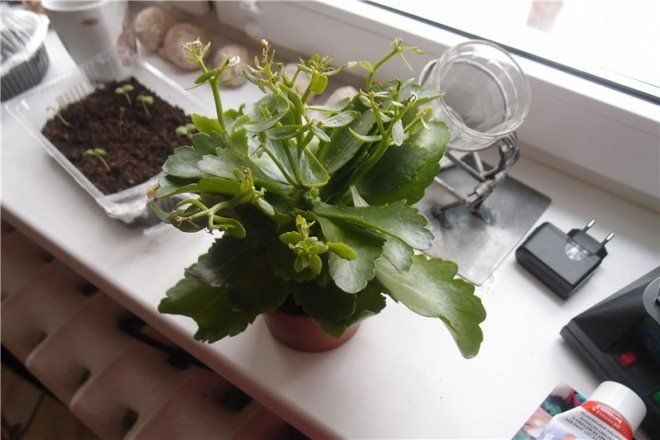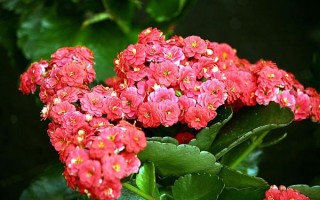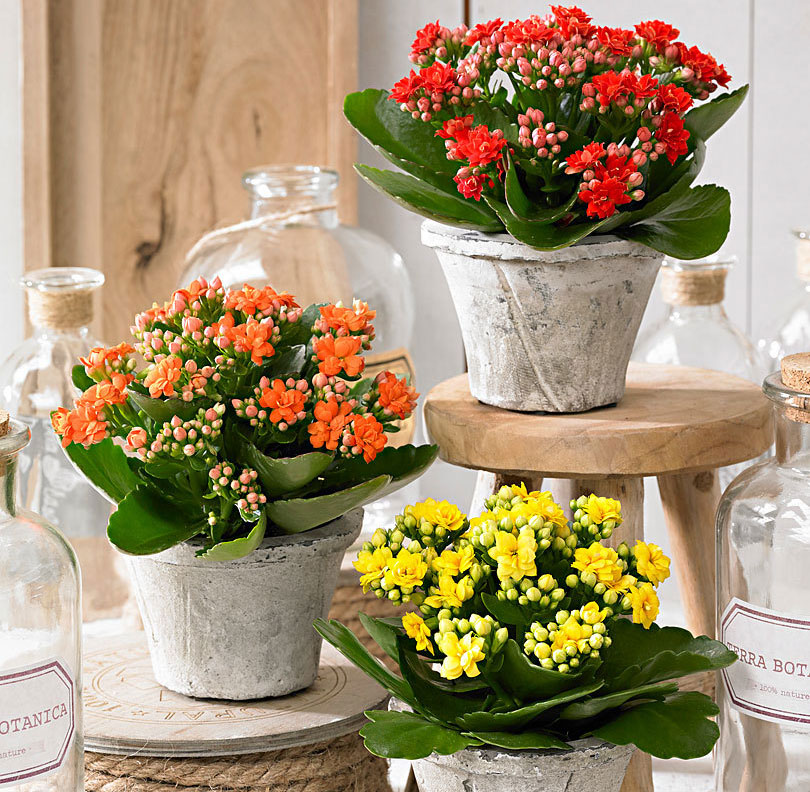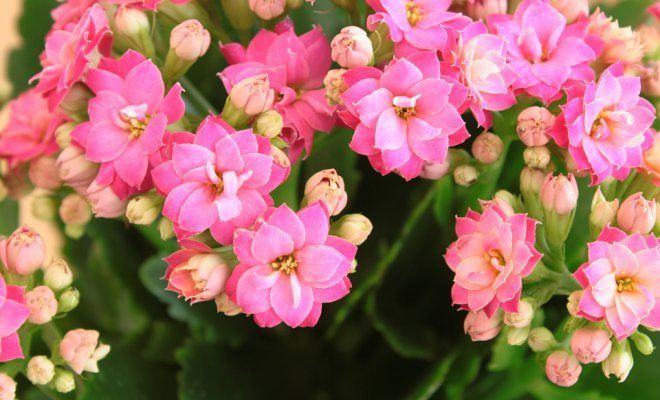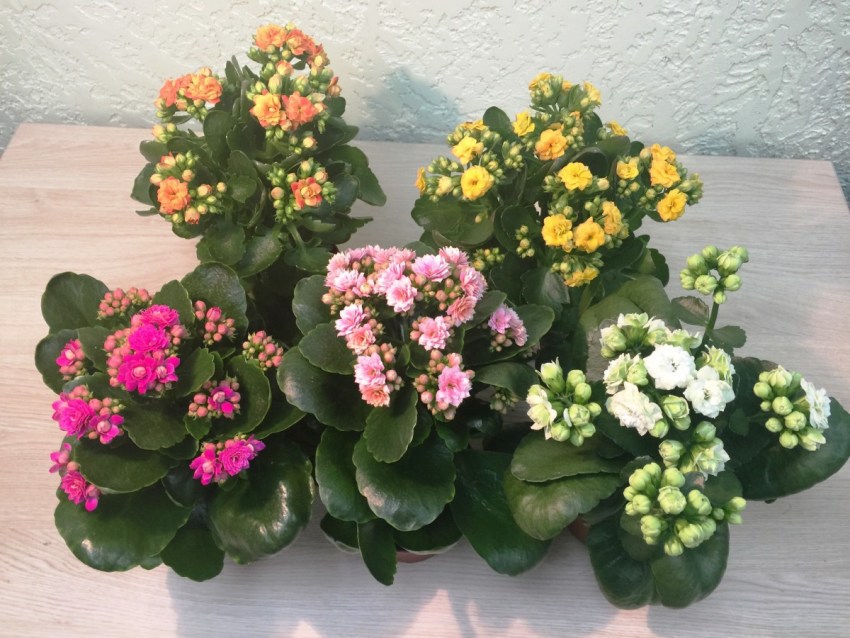Useful qualities
The flower is endowed with the following medicinal properties.
- The juice extracted from the leaves can be used as an anti-inflammatory agent. Healing nectar does not irritate the mucous membranes and skin. For this reason, it is often used in dentistry and gynecology to speed up the healing process of damaged areas. For example, applying a couple of drops of juice to a breastfeeding woman's nipples can help repair cracks. The entire recovery process will take about 4-5 days.
- The juice will be useful for treating wounds, tropical ulcers, burns, frostbite, bedsores. Stomatitis and tonsillitis will also go away quickly if treated with such a flower.
- In folk medicine, Kalanchoe is actively used to solve problems with the digestive system, to eliminate migraines, during infections, with colds and a suffocating cough.
- Acne, warts, boils will quickly disappear if treated with this plant.
- With its help, you can effectively cope with toothache.
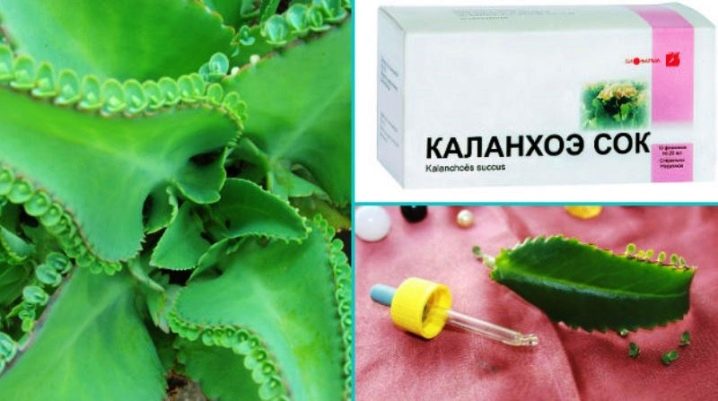
The medicinal properties of Kalanchoe have been scientifically proven, so the plant can be purchased at almost any pharmacy. When using Kalanchoe as a medicine, it should be remembered that any treatment is allowed only after the approval of the attending physician.
Kalanchoe care at home
Kalanchoe care at home is so simple that even a beginner can do it. The plant is not picky and hardy, capable of adapting to almost all growing conditions and forgiving its owner many care mistakes, up to and including his absence. However, this does not mean that the flower does not require attention at all. Caring for the indoor Kalanchoe is needed, then the "tree of life" will delight not only with its benefits, but also with its appearance.
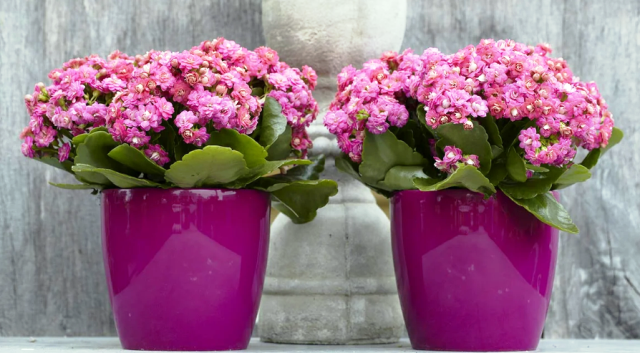
Location and lighting
Kalanchoe is not demanding on the location in the house. In summer, the flower will be comfortable on the western and eastern windows. In winter, southern ones are preferable. If the plant is in bright sunlight, it can get burned. Therefore, in the summer it needs to be shaded. With a lack of light, the plant stretches, and the flowers become small and inconspicuous.
A prerequisite for flowering is 12-hour daylight hours. For regular and abundant flowering, you need to ensure that this condition is met: shade the plant in summer from direct sunlight, and use additional lighting in autumn and winter.
Temperature
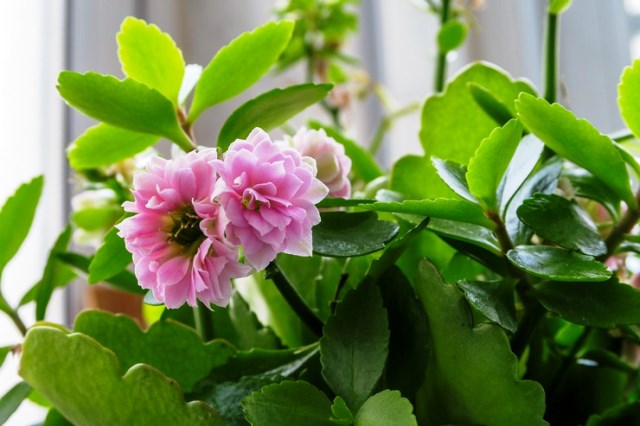
Kalanchoe perfectly tolerates the summer heat, and can be grown indoors at temperatures from 18 to 30 degrees. In winter, he prefers coolness - from 16 to 18 degrees. This temperature is optimal for the formation of flower buds. At a higher, or, conversely, low temperature, the process of laying flower buds is inhibited.
Watering
Despite the fact that Kalanchoe is a succulent, it needs to be watered regularly. The watering regime is determined by the air temperature, the size and condition of the plant. In summer, in dry and hot weather, not only regular, but also abundant watering is required.
If the plant is in the shade, then watered moderately - 1 time in 2-3 days, focusing on the condition of the soil. In winter, watering is reduced to a minimum.
The flower easily tolerates a lack of moisture, but is very sensitive to waterlogging.
Air humidity
Kalanchoe is "indifferent" to air humidity. The flower feels good in a warm room with dry air. Easily tolerates high humidity at low temperatures.However, light spraying will not hurt - it is used for hygienic purposes. After spraying, the leaves are wiped with a soft cloth or sponge.
The soil
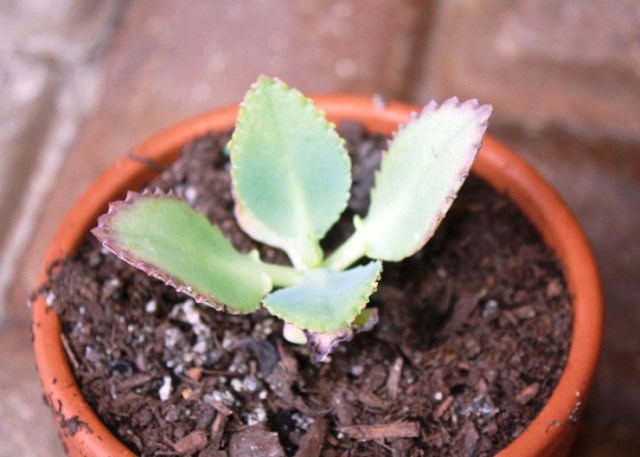
Any soil is suitable for growing Kalanchoe at home. Ready-made succulent soil, which can be purchased at any flower shop, is perfect. If desired, the soil mixture can be made independently, taking in equal parts leaf and turf soil, peat and sand. It is advisable to add charcoal or perlite to the mixture. There must be drainage at the bottom of the pot.
Top dressing and fertilizers
Kalanchoe gratefully responds to feeding, which is carried out with any fertilizer for cacti. An optimal feeding scheme has been developed empirically: 1 time in 2 weeks, starting from the second half of May and until mid-July. Top dressing is resumed in late autumn, when the formation of flower buds begins.
Transfer
The need for a Kalanchoe transplant arises if the pot becomes too small for the plant. It happens that as a result of abundant watering, the soil turns sour. In this case, it is better to replace it by transplanting the plant.
Pruning
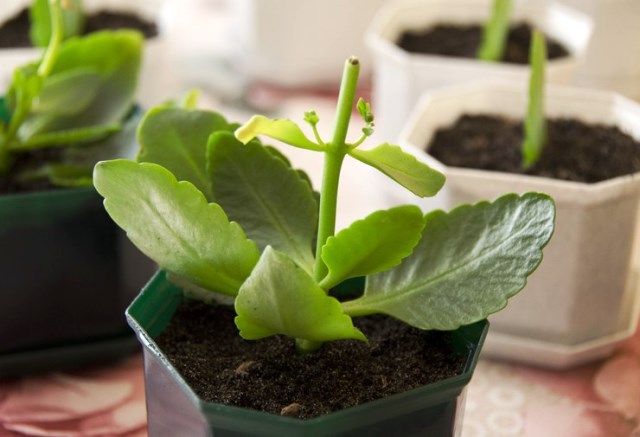
In order for the plant to look beautiful, it must be regularly shaped by pruning and pinching. Shoot pruning is carried out in the spring. Strongly elongated shoots are shortened by 2/3 or even half the length.
To form a beautiful bush, pinching of the shoots is carried out at the beginning of summer. This is especially true for young plants. Light pruning is desirable after flowering.
Bloom
For abundant flowering of Kalanchoe in spring and summer, it is necessary to adhere to a 12-hour daylight hours. In this case, the lighting should be bright. Otherwise, you need to use additional artificial lighting.
At the end of flowering, pruning is necessary. This will get rid of dried flowers and form a healthy and beautiful bush. The trimmed parts of the plant can be used to root cuttings.
White bloom on the leaves of Kalanchoe what to do
Favorite Kalanchoe no longer pleases with a healthy look and flowering? Your pet is sick.
The cause of a flower's disease may be inappropriate conditions for it or improper care. If any house plant is kept in an unfavorable environment for a long time, then even one as strong and hardy as Kalanchoe can get sick.
The main causes of diseases
Kolanchoe is sick for the following reasons:
- Lack of lighting. Kalanchoe becomes elongated, turns yellow.
- Sunburn or very dense planting. In this case, spotting appears.
- Nutritional deficiency. The flower stops growing and may shed its leaves.
- Excess of macronutrients. When Kalanchoe gets more nitrogen than it needs, its leaves begin to curl.
- Excessive hydration. Leads to acidification of the soil and root rot.
- Excess sunlight. The plant turns completely yellow.
- The appearance of dry leaves may indicate that the Kalanchoe has not been watered for a long time, the soil is incorrectly selected, or pests have appeared.
Late blight
Fungal disease, sometimes called late blight rot. It appears as a brown bloom or brown spots on leaves and stems.
The reason for the development of the disease may be the lack of ventilation and a waterlogged substrate. For a speedy recovery, treat the flower with a fungicide, reduce watering.
For prevention, regularly ventilate the room and feed the plant, water it only when the top layer of the substrate dries up.
Powdery mildew
Signs of powdery mildew on Kalanchoe - white powdery coating on the leaves. In the initial stages, it can be confused with dust. If you do not take action, the stems and peduncles will turn white. Leaves wither and fall. New ones grow small, deformed. Reasons for the appearance:
- High air humidity combined with a low temperature (+15.5 - 20 ° C).
- Excess nitrogen in the substrate.
- Unsystematic watering. Kalanchoe is watered often and excessively or very rarely, but abundantly.
- Thickened planting.
To get rid of the fungus, you first need to establish agricultural technology:
- Water only after the topsoil has dried.
- Until we treat the plant, exclude spraying.
- Transfer the diseased flower to a sunny place.
- Pluck off old leaves.
- Do not feed during the fight against the disease.
- After recovery, do not apply nitrogen for some time.
- Remove diseased, damaged leaves from the Kalanchoe. Damaged shoots can be cut off.
- Change the topsoil in the pot.
- Treat the plant with a medicinal preparation. Spray so abundantly that the solution drips from the leaves. Additionally, you need to moisten the soil with the preparation, process the pot and pallet.
Treatment can be carried out with folk remedies (potassium permanganate, soap-lime solution, etc.), but they are suitable as a prophylaxis or treatment for a newly diseased plant.
If the fungus settled on the Kalanchoe more than five days ago, only fungicides can save it. There is a wide choice of them in stores.
Spraying, depending on the drug, is done 1-4 times with an interval of 7-10 days.
Gray rot
The leaves have a gray sticky bloom, which later turns into gruel. To fight, replace the soil, treat it with a fungicide. For prevention purposes, observe the watering and ventilation regime, observe the optimum temperature.
Stem rot
If the stem of the Kalanchoe darkens and dries, then there is a high probability that the Kalanchoe fell ill with stem rot. In the initial stages, a dark black speck appears on the stem, which grows into a large watery spot.
The causes of the disease also lie in improper watering and high humidity. Stem rot is treated only in the initial stages with systemic fungicides.
In case of severe damage, the plant must be discarded along with the pot and tray.
Annular leaf spot
Small spots in the form of rings appear on the Kalanchoe. Affected leaves coarsen over time, acquire an irregular shape, and lose color. The disease is incurable. The only control method is to remove and destroy diseased leaves.
Mealybug
The worm feeds on the sap of the plant. This insect "eats" the Kalanchoe, and is the carrier of the "black mold" fungus. If you do not fight the parasite, the flower will die. The first sign of appearance is a white waxy coating on the veins. For treatment, insecticides are used. The affected leaves must be removed.
Plant selection
When the question of acquiring Kalanchoe arises, there are a number of certain rules, adhering to which you can choose plants without fear of losing it in the coming months.
It all starts with an external examination of the plant and checking its mechanical strength.
The deciduous part of the plant and its stems must be elastic and have a uniform color; there should be no plaque in any form, since non-compliance with these requirements speaks of Kalanchoe disease.

The plant should have an even distribution of leaves along the stem, if there are long sections of the stem that are devoid of leaves, this indicates plant injuries or diseases
Another requirement applies to decorative Kalanchoe varieties: it is better to take a plant with a large number of unblown buds.
If the number of faded or dried buds prevails, therefore, the period of its flowering has already passed and a new one will not come soon.

It is optimal to purchase a plant at the beginning of winter, when it begins its flowering period.
At the same time, it is desirable that faded flowers and inflorescences are removed in time - this way he will have the opportunity to set new flowers.
It is obligatory at this stage to place the plant in a kind of "quarantine", away from other plants; this will help to identify its possible diseases and prevent their spread to other plants.

Ever-flowering begonia: description, types, planting in the open field and care, possible diseases (60 Photos & Video) + Reviews
Kalanchoe degremona - home care
The Kalanchoe degremon plant is unassuming, caring for it is very simple. For successful growth, the culture needs bright lighting, but direct sunlight should be avoided on the foliage. It is necessary to grow Kalanchoe degremona in a well-aerated earthen substrate, consisting of humus, leafy earth and sand in equal proportions. In the spring, it is better to pinch the flower to increase branching, and after flowering - to prune, otherwise the plant will stretch and grow ugly.
How to water Kalanchoe?
The Kalanchoe plant is a succulent, degremona accumulates moisture in the leaves and can withstand drought, survive even in the most adverse conditions. But stagnant water has a detrimental effect on him. If the Kalanchoe is overmoistened, its roots may begin to rot, the culture will suffer from rot and fungi. Watering the dergemon should be moderate, it differs at different times of the year.
During the procedure, the soil is moistened abundantly, so that the water completely soaks the earthen lump. To avoid flooding, you need to choose the correct frequency of the procedure. To the question of how many times to water the Kalanchoe, the answer is unequivocal - between humidification, a clod of earth should dry out well. In summer, the plant is moistened approximately every week, in winter - once every 10-14 days.
Kalanchoe degremona - flowering
If you take care of the plant competently, then the Kalanchoe degremona blooms beautifully with pink or red inflorescences. Only adult cultures in late autumn or early winter please with bright buds. Inflorescences of tubular flowers with rounded petals, reaching 2.5 cm in length, appear abundantly on the tops of the peduncles. For this type of Kalanchoe, pruning is important. Flowering weakens the plant, therefore, after it, all old parts of the bush are removed in order to stimulate the further growth of young shoots.
Kalanchoe degremona - reproduction
At home, Kalanchoe degremona can multiply in several ways:
- Cuttings. The top of a healthy stem is cut off. If the cuttings have air roots, they can be planted immediately in pots. If there are none, then the lower leaves are removed from the cut stem and left for a day to dry the cut site. Then the shoot is placed in a moist substrate to a depth of 3-5 cm for rooting.
- Leaves. A healthy leaf is cut off and dropped into the ground, covered with a jar or glass. Soon a young plant will form from it.
- "Children". This is the simplest method, new plants, falling from the edges of the leaves, already have roots, their rooting occurs quickly. Kalanchoe degremona - how to properly plant a baby:
- It is necessary to collect several young plants and plant them in large flat containers filled with a mixture of peat and sand.
- The container must be covered with foil and small holes made for ventilation.
- When the shoots take root, they are planted in separate pots.
Kalanchoe degremona - leaves curl
Problems with the plant are immediately reflected in its leaves - they curl, turn yellow, fall off
With such signs, it is important to understand why this is happening and what to do to save the flower. Kalanchoe - leaf disease causes and treatment twisted plates:
- Root system problems. This is often due to over-watering. When caring for the Kalanchoe, you should adhere to the moisturizing regime and the basic rule - it is better not to add water than to pour it over. To save the bush, you need to remove it from the pot, cut off the rotten places, treat the cut points with charcoal. Kalanchoe root should be washed with a weak solution of potassium permanganate and the culture should be planted in fresh soil.
- If the leaves do not just curl, but also turn a burgundy color - the plant receives a lot of light or, even worse, stands in direct sunlight.It needs to be rearranged in a less illuminated place and sprayed from a spray bottle.
- High nitrogen content in the soil. It is better to transplant the bush into a substrate containing peat and a large amount of sand.
- Lack of moisture. It is necessary to monitor the regular watering of the plant and spray its foliage from a spray bottle.
- The presence of aphids. She sucks the juices from the plant, the leaves first curl and then fall off. For treatment, the damaged areas of the flower are cut off, the rest of the bush is sprayed with laundry soap or insecticide. It should be processed once a week for a month.
Possible problems
It is impossible to say unequivocally which type of Kalanchoe is better, and how many times it blooms per season. Sometimes, after the purchase, the plant quickly fades away, and then for several years it only grows green mass.
Causes
The plant may not bloom due to improper care. First of all, this applies to sunlight. In a dark place, the Kalanchoe will not fully develop. Only with a long day of light does bud formation occur.
For your information! You can use additional lighting with lamps so that the total duration of daylight hours is 10 hours.
Sometimes the soil is not suitable for the plant. For Kalanchoe, a neutral or slightly acidic soil is needed. The most difficult thing is to maintain the watering regime. The soil should not be allowed to dry out, but waterlogging is also dangerous. Therefore, the pot must have drainage holes. With their help, excess moisture will drain.
You do not need to spray the leaves, as succulents accumulate moisture in the leaves.
Do not transplant a flower into a pot that is too large. In this case, the Kalanchoe will grow the root system, and not the green mass and buds. The pot should be 1.5-2 cm larger than the earthen coma.
Stimulation
Experienced growers know how to increase the likelihood of abundant flowering. To do this, you need not only to properly care for the Kalanchoe, but also to apply some tricks.
The first is the creation of day and night. For this, the plant is kept under bright light for 8-10 hours, after which it is transferred to a dark place. This procedure allows you to push the plant to bloom profusely.
A common reason why the Kalanchoe does not release buds is the absence of a temperature drop. All plants in nature begin to bloom after winter. To cause a change of seasons, you must first transfer the Kalanchoe to a dormant period. To do this, you need to reduce daylight hours to 6 hours and lower the temperature to 15 ° C. After a month, the indicators gradually increase. The plant will think that spring has begun and will form buds.
Observant people may notice that Kalanchoe often blooms in office spaces. In such conditions, simple care is carried out for them, but the basic requirements are observed: the length of daylight hours, the change of day and night, and a lowered temperature.
In order for the Kalanchoe to bloom, you need to monitor its condition.
Important! Sick and pest-affected plants will not bud. Therefore, first you need to cure all instances and carry out processing
It is also important to know what to do with the Kalanchoe after flowering. This is not an annual succulent, therefore, with proper care, it can please again with buds after a while.
Kalanchoe care at home
Caring for Kalanchoe at home is so simple that even a beginner can do it. The plant is not picky and hardy, capable of adapting to almost all growing conditions and forgiving its owner many care mistakes, up to and including his absence. However, this does not mean that the flower does not require attention at all. Caring for the indoor Kalanchoe is needed, then the "tree of life" will delight not only with its benefits, but also with its appearance.
Location and lighting
Kalanchoe is not demanding on the location in the house. In summer, the flower will be comfortable on the western and eastern windows. In winter, southern ones are preferable. If the plant is in bright sunlight, it can get burned.Therefore, in the summer it needs to be shaded. With a lack of light, the plant stretches, and the flowers become small and inconspicuous.
A prerequisite for flowering is 12-hour daylight hours. For regular and abundant flowering, you need to ensure that this condition is met: shade the plant in summer from direct sunlight, and use additional lighting in autumn and winter.
Temperature
Kalanchoe perfectly tolerates the summer heat, and can be grown indoors at temperatures from 18 to 30 degrees. In winter, he prefers coolness - from 16 to 18 degrees. This temperature is optimal for the formation of flower buds. At a higher, or, conversely, low temperature, the process of laying flower buds is inhibited.
Watering
Despite the fact that Kalanchoe is a succulent, it needs to be watered regularly. The watering regime is determined by the air temperature, the size and condition of the plant. In summer, in dry and hot weather, not only regular, but also abundant watering is required.
If the plant is in the shade, then watered moderately - 1 time in 2-3 days, focusing on the condition of the soil. In winter, watering is reduced to a minimum.
The flower easily tolerates a lack of moisture, but is very sensitive to waterlogging.
Air humidity
Kalanchoe is "indifferent" to air humidity. The flower feels good in a warm room with dry air. Easily tolerates high humidity at low temperatures. However, light spraying will not hurt - it is used for hygienic purposes. After spraying, the leaves are wiped with a soft cloth or sponge.
The soil
Any soil is suitable for growing Kalanchoe at home. Ready-made succulent soil, which can be purchased at any flower shop, is perfect. If desired, the soil mixture can be made independently, taking in equal parts leaf and turf soil, peat and sand. It is advisable to add charcoal or perlite to the mixture. There must be drainage at the bottom of the pot.
Top dressing and fertilizers
Kalanchoe gratefully responds to feeding, which is carried out with any fertilizer for cacti. An optimal feeding scheme has been developed empirically: 1 time in 2 weeks, starting from the second half of May and until mid-July. Top dressing is resumed in late autumn, when the formation of flower buds begins.
Transfer
The need for a Kalanchoe transplant arises if the pot becomes too small for the plant. It happens that as a result of abundant watering, the soil turns sour. In this case, it is better to replace it by transplanting the plant.
Pruning
In order for the plant to look beautiful, it must be regularly shaped by pruning and pinching. Shoot pruning is carried out in the spring. Strongly elongated shoots are shortened by 2/3 or even half the length.
To form a beautiful bush, pinching of the shoots is carried out at the beginning of summer. This is especially true for young plants. Light pruning is desirable after flowering.
Bloom
For abundant flowering of Kalanchoe in spring and summer, it is necessary to adhere to a 12-hour daylight hours. In this case, the lighting should be bright. Otherwise, you need to use additional artificial lighting.
At the end of flowering, pruning is necessary. This will get rid of dried flowers and form a healthy and beautiful bush. The trimmed parts of the plant can be used to root cuttings.


